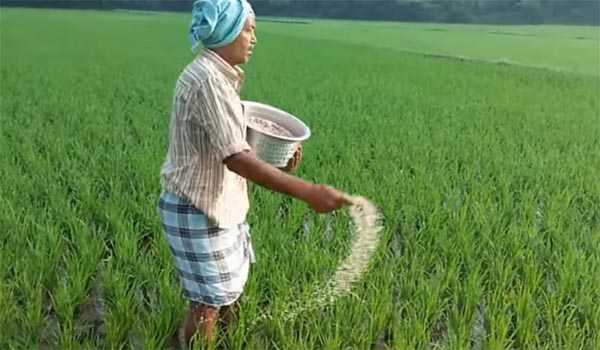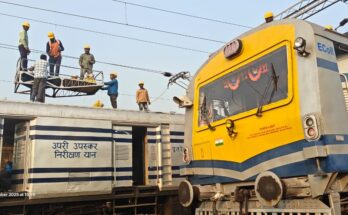By Nalini Ranjan Mohanty
Will Balakot strike succeed in neutralising the deepening distress in rural India and give thumbs up to the Bharatiya Janata Party in the next general election?
A few weeks ago, acute rural distress had become a nightmare for the ruling BJP. The ruling dispensation was afraid that this alone would sink the party’s fortune in the next general election. But post-Balakot strike, the ruling party seems upbeat. There is a feeling and hope in the party cadre that the air force strike on February 26 has changed the political narrative – that national security has trumped the bread and butter issues.
If it does, so be it. But rural distress is real, not something manufactured by the opposition parties.
Mind you, this distress is in addition to, and separate from, the difficult situation the farmers are facing (due to low output and lower prices) which is causing widespread farmer unrest. The crisis we are talking about today concerns the rural wage growth.
According to a March 11 report in The Indian Express by Harish Damodaran, “The national daily rural wage rate, based on a simple average for 25 agricultural and non-agricultural occupations, stood at Rs.322.62 in December 2018, 3.84 per cent higher than the Rs.310.69 for the same month of the previous year. Given annual rural CPI inflation of 1.5 per cent, it means wages rose over 2.3 per cent in real terms.”
The situation becomes much more glaring when we map the wage growth scenario during the entire tenure of the Modi government. The Express report says: “The average year-on-year wage growth for December during 2014 to 2018 period, under the NDA government , worked out to 4.7 per cent in nominal terms and a mere 0.5 per cent in real terms after netting out inflation of 4.2 per cent.”
The Express report then goes on to make a comparison of the rural wage growth status during the UPA period.
It says: “In comparison, for the same month of the preceding five years (2009 to 2013) when the UPA was in power, nominal rural wages grew by an annual average of about 17.8 per cent. While CPI inflation for agricultural workers, too, averaged 11.1 per cent, the real growth in wages was still higher at 6.7 per cent a year.”
The upshot of it all: “The last five years, in other words, have been a slowdown in rural wages even after adjusting for inflation.”
And the conclusion: “Simply put, the crisis in rural India now isn’t just about farm incomes… The crisis is equally off-farm as on-farm.”
Such a looming crisis was certain to take a toll in the next election. That would have been tragic for the ruling BJP.
The BJP hopes that the ripple effect of the Balakot strike would persist for the next few weeks so that all issues concerning bread and butter would be subsumed under the pride in our armed forces when rural folks troop out to vote in the election.
Whether that hope will come true or not, we will get to know on May 23.
(Mohanty is a veteran journalist based in New Delhi)




